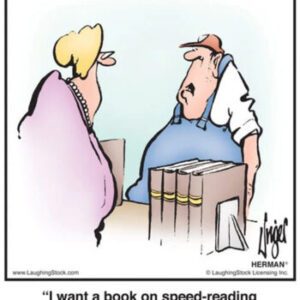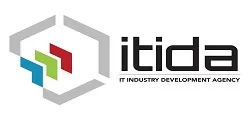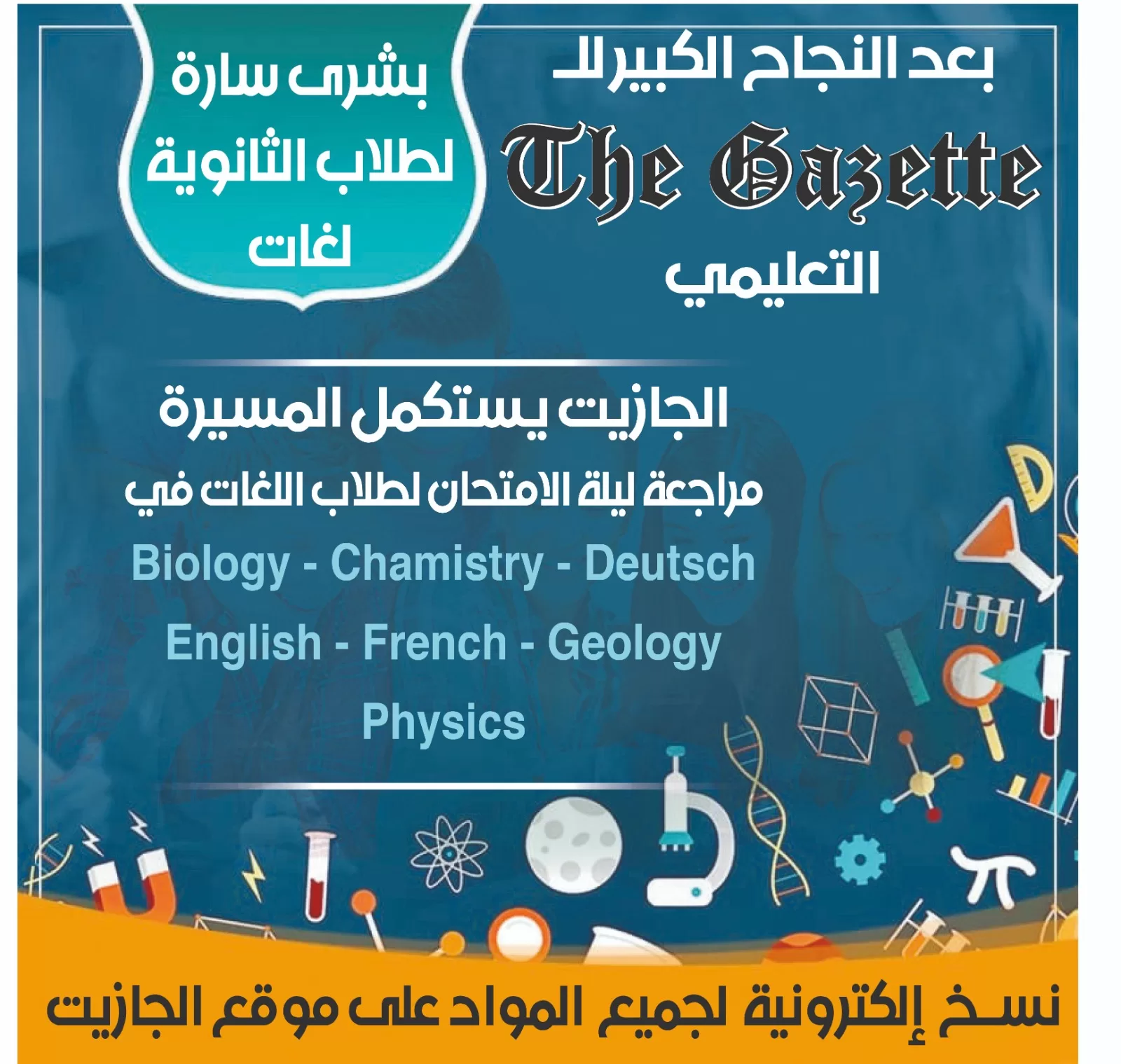Can You Read? (part 1 of 2)
By Sherif Attar
In a world of ever-changing ambiguity and uncertainty, executives have to face two challenges: excellent performance and people development. Where many managers think those endeavours are “competing”, this author believes they are “completing”. GET DOWN TO BUSINESS argues.
Whether they’re project documents, trade journals, blogs, business books or e-books, most of us read regularly as part of our jobs, and to develop our skills and knowledge.
But do you ever read a useful document and fail to gain any helpful information from it? Or, do you have to re-read something several times to get a full understanding of the content?
We’re looking at strategies that will help you read more effectively. These approaches will help you get the maximum benefit from your reading, with the minimum effort.

Think about what you want to know
Before you start reading anything, ask yourself why you’re reading it. Are you reading with a purpose, or just for pleasure? What do you want to know after you’ve read it? Once you know your purpose, you can examine the resource to see whether it’s going to help you. With a book, an easy way of doing this is to look at the introduction and the chapter headings. The introduction should let you know what it covers. Chapter headings will give you an overall view of the structure. Ask yourself whether the resource meets your needs, and if it will give you the right knowledge. If the resource isn’t ideal, don’t waste time reading it.
This also applies to content that you subscribe to, such as journals or magazines, and web-based RSS and social media news feeds – don’t be afraid to prune these resources if you are not getting value from some publishers.
Know how deeply to study the material
Where you need little knowledge of a subject, you can skim the material. Here you read only chapter headings, introductions, and summaries. If you need a moderate level of information on a subject, then you can scan the text. This is when you read the chapter introductions and summaries in detail. You can then speed read the
contents of the chapters, picking out and understanding key words and concepts. (Pay attention to diagrams and graphs. “A picture is worth a thousand words”…I know you heard it before!)
However, genius filmmaker and comedy giant Woody Allen tested speed reading on Tolstoy’s “War and Peace” – possibly the biggest volume in books – in one session. When asked about the book, he said “it’s about Russia”!!
Only when you need full knowledge of a subject, it is worth studying the text in detail. Here you skim the material first to get an overview. This gives you an understanding of its structure, into which you can then fit the detail gained from a full reading.
Read Actively
When you’re reading a document or book in detail, it helps if you practice “active reading” by highlighting and underlining key information, and taking notes as you progress. This emphasises information in your mind, and helps you review important points later. Doing this also helps you keep your mind focused, and stops you thinking about other things.
Adapted from Mind Tools
For questions or suggestions, please send your comments.
Sherif Attar, an independent management consultant/trainer and organisation development authority, delivers seminars in the US, Europe, Middle East and the Far East.






Discussion about this post